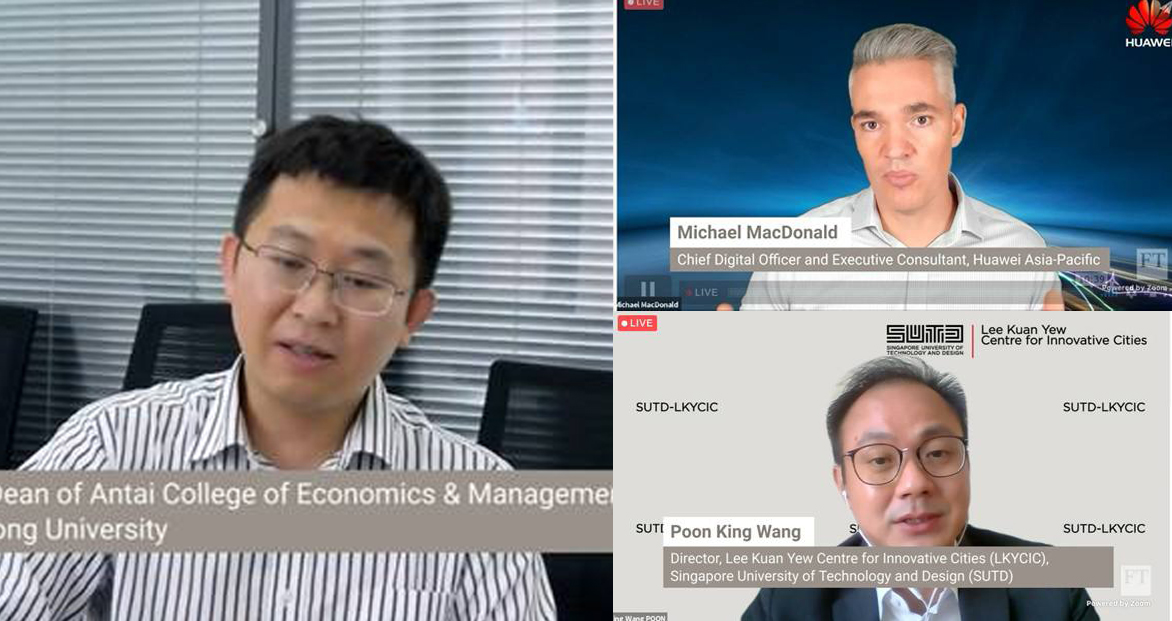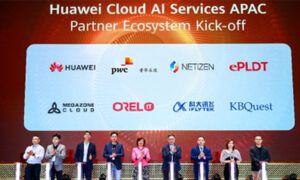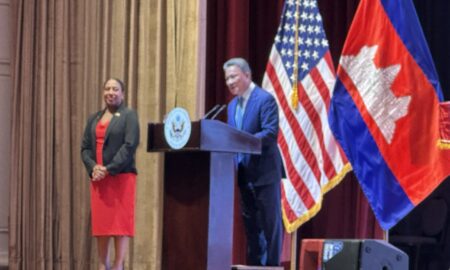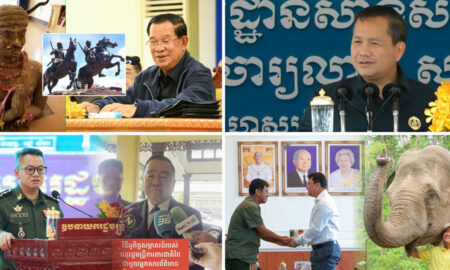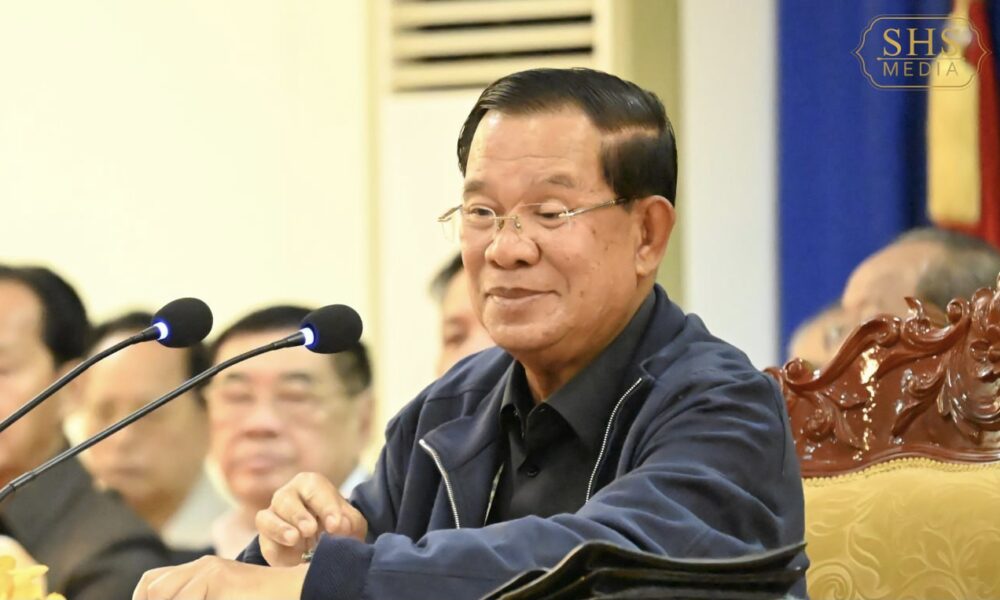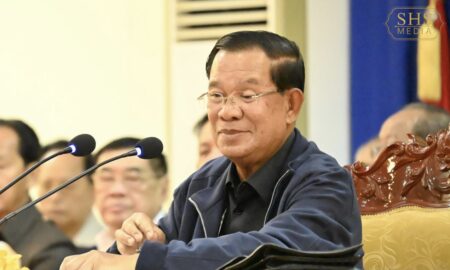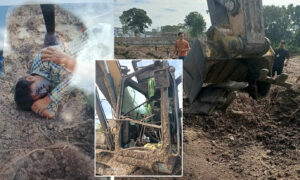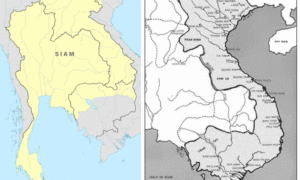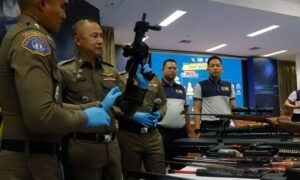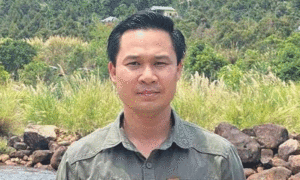To close the digital divide and drive economic recovery during the pandemic, cross sectors collaboration are needed to lower the costs of rural area connectivity and improve digital literacy. This was the crux of the presentations by experts at the a webinar on “Strategies for Addressing the Asia-Pacific Digital Divide – Increasing Connectivity to Drive Economic Recovery” organized by the Financial Times and Huawei on Thursday.

Asia Pacific is speeding up for digital transformation and underpinned by dynamic markets and young population. The significant rift of digital access yet hinder wider shares of digital benefits, which in turn leads to slower recovery from pandemic. ICT leverages fundamental ways to drive economic rebound.
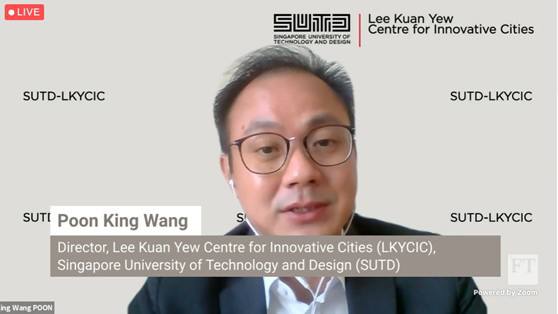
“This starts with fair access to digital services specifically on connecting the unconnected”, said Michael Macdonald, Chief Digital Officer of Huawei Asia Pacific, who conveyed Huawei’s agenda on consolidating three major pillars to tender digital divide in the region: ICT connectivity, talents’ vitality and green technology.

The importance of digital inclusion is echoed by Yin Haitao, professor at Shanghai Jiao Tong University’s Antai College of Economics and Management, whose newly released report on using ICT solutions to promote economic development and alleviate poverty.
The report, named “Digital Involvement and Poverty Alleviation: A Huawei Approach,” was co-authored by Yin and Chris Marquis, Professor at Samuel C. Johnson College of Business, Cornell University.
The domain of corporate sustainability has long faced the challenge of making projects of this nature financially viable. The RuralStar program aims to lower the ICT costs through innovation so that local carriers are able to offer commercially viable digital connection services in remote and rural areas, according to the report.
To reach underdeveloped areas and improve digital coverage, Huawei initiates RuralStar program together with local operators globally including in Thailand and Indonesia since 2017. This solution replaces traditional towers with simple poles, and enabling a shift from diesel generator power to solar power. By the end of 2020, the RuralStar program had been implemented in over 60 countries, with 50 million people benefited from this initiative.
“The RuralStar allows people and organizations of underdeveloped regions to tap into the myriad of resources and opportunities that are available online, empowering them to contribute to the development of these regions,” said Yin.
ICT talent shortage is one of the key fields revealing digital divide. Apart from agreeing vendors like Huawei’s approach on digital infrastructure access, labor is another prior concern. On this concern, Poon King Wang, Director of the Lee Kuan Yew Centre for Innovative Cities, Singapore University of Technology and Design (SUTD), calls for long-term strategies and sustained support to upskill people across generations and ensure wellbeing of workers in digital transformation.
Sofia Shakil, Director of the Economic Programs, Asia Foundation, addressed the negative impact of the pandemic on women unemployment and the urgency to invest in skills building.
In 2017, Huawei, the Bangladesh Government (ICT Division), and Robi Axiata jointly launched the Digital Training Bus project, to bring digital skills to women in the heart of rural Bangladesh. More than 60,000 women had received training till now, and 160,000 more will benefit from it by 2023.
To lessen the imminent labor deficit in APAC, 400,000 more are expected to be digitally upskilled in the next five years through Huawei educational flagship programs such as Seeds for the Future and ASEAN Academy, according to Michael MacDonald.
Departing from different fields, speakers share views of building ecosystem cohesively including government, industry and thought-leaderships from third party to drive digital inclusion. “Ultimately, we need to build up trust across the different stakeholders in the ecosystem”, said Poon King Wang on sustaining the benefits of tech.
-The End-
About Huawei
Founded in 1987, Huawei is a leading global provider of information and communications technology (ICT) infrastructure and smart devices. We have more than 197,000 employees, and we operate in more than 170 countries and regions, serving more than three billion people around the world.
Our vision and mission is to bring digital to every person, home and organization for a fully connected, intelligent world. To this end, we will drive ubiquitous connectivity and promote equal access to networks; bring cloud and artificial intelligence to all four corners of the earth to provide superior computing power where you need it, when you need it; build digital platforms to help all industries and organizations become more agile, efficient, and dynamic; redefine user experience with AI, making it more personalized for people in all aspects of their life, whether they’re at home, in the office, or on the go.
About Seeds for the Future Program
Seeds for the Future is Huawei’s flagship global CSR program. The program was launched in 2008 in Thailand. This program aims to develop skilled, local ICT talent and bridge communication between countries and cultures. By sharing our ICT expertise and experiences in the global business environment, young people from different countries can learn about advanced technologies in the ICT industry and accumulate ICT expertise and skills through the Seeds for the Future program, contributing to the progress of the global ICT industry. This program helps develop local ICT talents, enhance knowledge transfer, promote a greater understanding and interest in the telecommunications sector, and improve and encourage regional building and participation in the digital community.
Huawei 2020 Sustainability Report:
http://www.huawei.com/en/sustainability/sustainability-report
For more information, please visit Huawei online at www.huawei.com or follow us on:
http://www.linkedin.com/company/Huawei
http://www.facebook.com/Huawei


